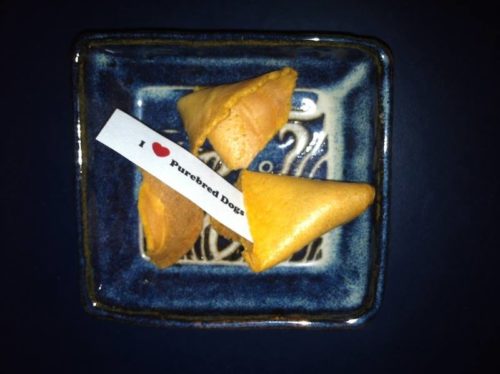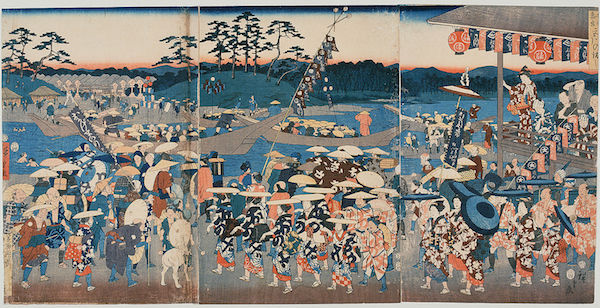
News flash. Chinese fortune cookies aren’t Chinese, and that’s the one thing we can say with certainty. Some 3 billion fortune cookies are made each year, and almost all are made in the United States, but what were the humble cookie’s beginnings?
Theories abound about the origins of this traditional end to a Chinese meal. Some food historians say that Chinese immigrant, David Jung, invented the cookie in 1918 out of concern for the poor that wandered near his shop. He gave out the cookies on the streets, each one containing a Bible scripture.
Another version is that a Japanese immigrant, Makoto Hagiwara, invented the fortune cookie in San Francisco which contained thank you notes to friends who’d stood by him during times of hardship. In 1915, cookie could be found at the San Francisco World Fair.
Then there is the theory that the cookie was created to fill a void in a Chinese dessert menu. Someone at San Francisco’s Kay Heong Noodle Factory invented a plain flat cookie in the 1930s that he or she folded around a little piece of paper on which was written a prediction or piece of Chinese wisdom.
Any of the aforementioned speculation could be correct, but we choose to take the word of Japanese researcher, Yasuko Nakamachi who says the cookies almost certainly originated in Japan. She points to centuries-old small family bakeries making the cookies near temples outside Kyoto, and Japanese literature and history support the fact that they were made decades before the first reports of the cookies in America. Takeshi Matsuhis, who has been making the cookies in his shop in Hougyokudo, Japan for some time, says the cookies have been around since the Edo period, a roughly 250-year long era that started in 1603 and lasted to about 1867. If you’ve been waiting for purebred dogs to enter this post, here it comes, but a true confession first: We sometimes figure out ways to work purebred dogs into a topic or factoid we find interesting, and yes, sometimes it’s tortured.
The Edo period was a remarkable time in Japan. The country was closed off, and Shoguns ruled the government. One of them was Tsunayoshi Tokugawa, a fanatic on animal protection laws. His civil/penal codes collectively called the Orders on Compassion for Living Things even allowed capital punishment for those who abused animals because they were considered evil laws that brought suffering to the public. You can read some of those laws here.
It was during this time that dogs began to be kept as pets in Japan, and the developement of a number of breeds can be traced to this period, as well. One of them was the Japanese Chin. Though the Chin’s ancestors originally came from China, development during the Edo period is also when its charming, if not unusual appearance lead to its name, “chinkoro,” which in Japanese sounds like “dshin.” Indeed, in Japanese, the word “Chin” is denoted by two characters, one of which means “animal”, and another means, “something in between.”
One other tidbit we came across was the once-in-one’s lifetime custom of visiting the Ise Grand Shrine, the most revered Shinto shrine in Japan. Making this trip was one of the few unrestricted ventures that people of all classes could take, but not everyone could make this trip, so they sent a person or animal in their place. The animal of choice for many Buddhists was a white dog because they were thought to have a spiritual quality and be able to be reincarnated as human beings in the next life by praying fervently to the gods. These dogs called “Okage-inu” (or Thankful Dog) could be spotted by the sacred rice or hemp straw ropes around their necks that identified them as pilgrimage dogs. The rope carried a bag of money for the Shrine priest, and for their own care during the journey which could take over one month. The dogs relied on the kindness of strangers along their journey, and incredibly, there are stories of dogs who journeyed from all over Japan to the Shrine and got food and a place to sleep, sometimes traveling with new companions along the way. They ultimately arrived back home with a charm from the shrine. If you look at the image below, you’ll see such a dog at the bottom left:

As a point of interest, there is a legend of the Ise Grand Shrine and the Thankful Dog that we will cover in another post.
